Making biocoal from plant waste to mitigate climate change
January 6, 2020 report Making biocoal from plant waste to mitigate climate change by Bob Yirka, Credit: Grant Wilson/public domain A team of researchers affiliated with several...

January 6, 2020 report Making biocoal from plant waste to mitigate climate change by Bob Yirka, Credit: Grant Wilson/public domain A team of researchers affiliated with several...
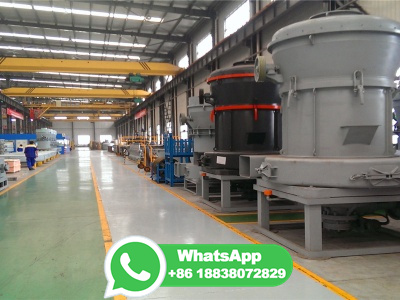
investment by process section 126 Table BioMEG via corn wet milling and the Avantium hydrogenolysis process—Production costs 127 Figures Figure PET production chemistry 8 Figure Biobased MEG production via biobased ethanol 9 Figure Production of biobased MEG—Factors of production including 15% ROI, USGC 15
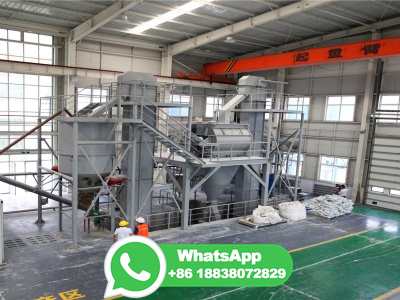
In this aspect, unutilized coal waste and sustainable biomass are considered major energy contributors to convert biomass blended coal fines as highquality solid briquettes. The present study integrates different briquette processing technologies to develop, coalbiomassbinder, coalbiomass (binderless), coalbinder, and carbonized biomass ...
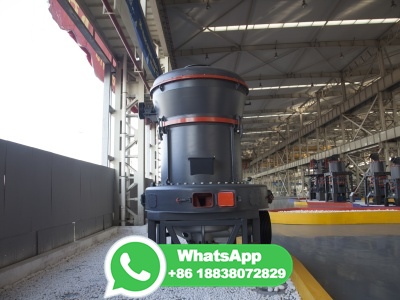
The biochar produced at 350 °C also has higher content of fixed carbon and hydrogen as well as lower content of ash and nitrogen. For optimized torrefaction condition of 280 °C and 60 min, the biocoal produced obtained the highest HHV of MJ/kg with 120% energy yield ( Syguła et al., 2019 ).
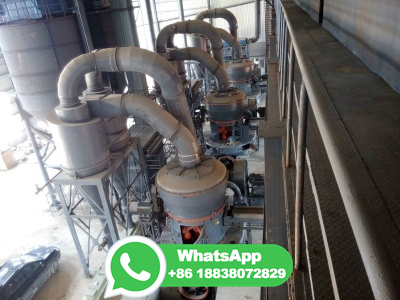
Biomass can be combusted directly to generate heat and electricity, and by means of thermochemical and biochemical processes it can be converted into biofuels in the forms of solid ( ...
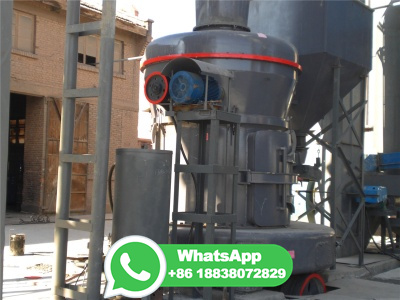
The use of pretreated biomass (biocoal) as a part of the raw material blend for cokemaking could be one possible way of reducing the fossil CO2 emissions linked to the BF process. The advantage of replacing part of the fossil coal with biocoal is that the biomass regeneration time is comparatively short [4] and the effects on global warming
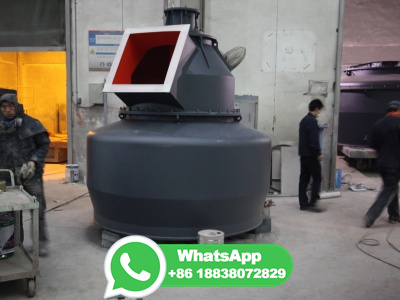
Besides biooil production, directly blending deoiled microalgae with coal in form of pellets is considered an alternate strategy to produce solid fuel with high mechanical strength and improved ...
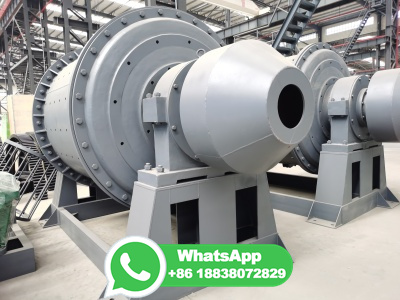
This process is an alternate strategy for converting the waste biomass into valueadded products like biochar, syngas and biooil. During the process, the lignocellulosic components like cellulose, hemicellulose and lignin undergo reaction processes like depolymerization, fragmentation and crosslinking at specific temperatures resulting in a ...
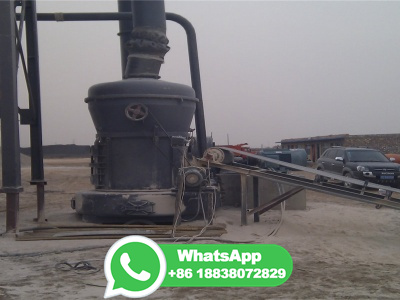
Biocoal is produced by processing dry biomass in an inert environment (no oxygen) at high temperatures, a process referred to as pyrolysis. Depending on the temperatures and the characteristics of the end product, the process may also be referred to as torrefaction. This process is commonly carried out using an indirectfired rotary kiln.
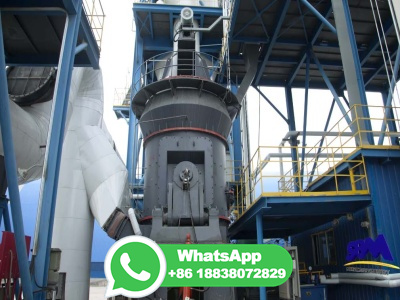
VII. MANUFACTURING PROCESS This project is called biomass briquetting project and is simply a process of converting agro waste and forestry waste into biomass briquettes/bio coal. The biomass briquetting is the best renewable source of energy for healthy environment and economy. It's a complete eco friendly project.
![product project report on bio coal [DOC Document]](/pmulwvg/120.jpg)
Biocoal is ecofriendly, renewable energy fuel, economical cheaper contain high density. Government is providing tax benefit and incentives. It has easy mobility and transportation. Biocoal is solid fuel. The process of converting biomass to solid fuel is also nonpolluting. No addition of any binder/ chemical is required so it is natural.
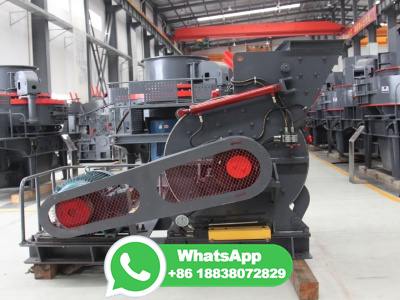
The synthesis of biocoal from wastewater sludge and bagasse through an artificial synthetic coal production process,, hydrothermal carbonization (HTC), is preferred over other thermal ...
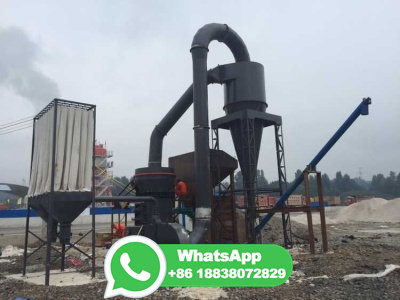
Bioethanol production flowchart applications in transport sector Bioethanol is an environmentally friendly fuel for vehicles that normally run on petrol. As a renewable source of energy, it reduces demand on fossil fuels while it burns more cleanly and with reduced emissions of CO2, a greenhouse gas. As an energy source,
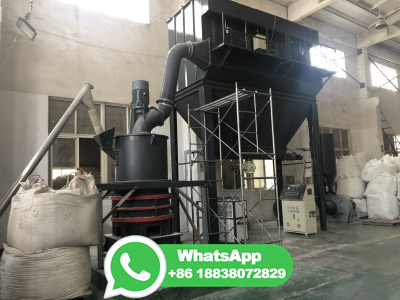
(PDF) An overview on the production of biobriquettes from agricultural ...
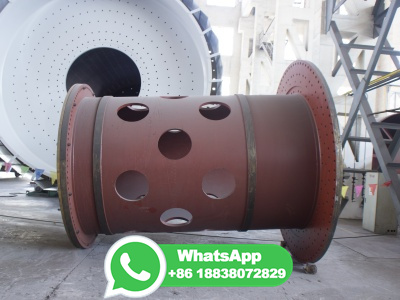
Commonly, the torrefied product is termed biocoal or green coal and biochar when used as fuel and soil amendment. Based on the mode of operation, the torrefaction process can be practically classified into dry, wet and steam modes (Barskov et al. 2019). In dry torrefaction, biomaterial feedstock can be torrefied in nonoxidative; for example ...
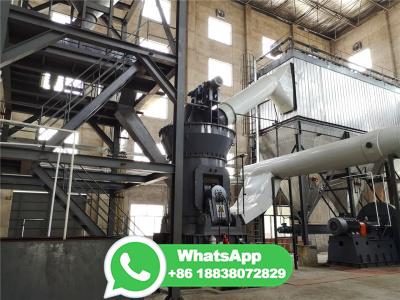
One of the options for reducing harmful emissions in the production of heat energy is the use of biomass, including in combination with industrial waste (for instance, coal and coke dust). Recent studies demonstrate that a mix of biomass and coal makes it possible to obtain a biocoal briquette with better characteristics, which is a motivating factor in the search for alternative sources of ...
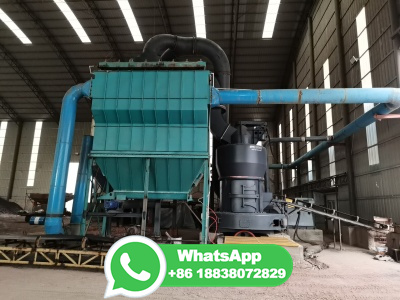
Next, the ability of the biocoal production process or HTC technology to reduce pollutants in the environment is also a key driver for the adoption of biocoal. The firms are keen to look for alternatives that can perform the same function as coal while being environmentally friendly, unlike conventional coal.
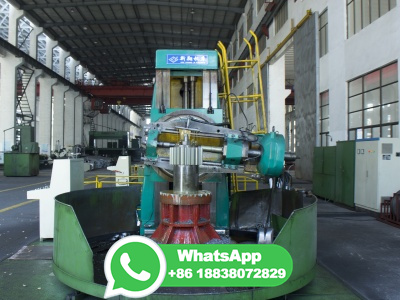
Abstract. The utilization of coal in the cement and concrete industries takes three basic forms: (1) as a fuel in the production of cement clinker; (2) ash produced by burning coal in power stations is used as a component in cement rotary kiln feeds; (3) ash produced by burning coal in power stations is used as a mineral additive in concrete ...
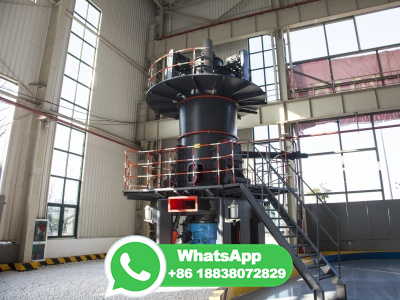
Coke corresponds to 2/33/4 of the reducing agents in BF, and by the partial replacement of coking coals with 510% of biocoal, the fossil CO2 emissions from the BF can be lowered by ~48%. Coking coal blends with 5% and 10% additions of biocoals (pretreated biomass) of different origins and pretreatment degrees were carbonized at laboratory scale and with a 5% biocoal addition at ...
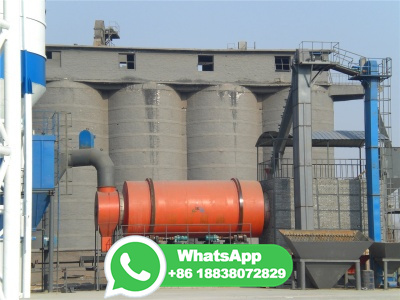
The liquefaction process had been performed in the range of 10 to 80 ml ethanol/g treated solid, and retention time ranges between 10 to 120 min., the produced biooil were extracted and separated ...
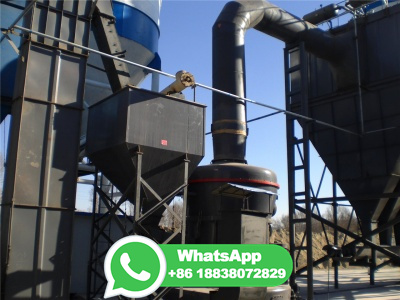
Proven technologies for biochar production at flexible scales in substituting coal for electricity production, reducing dependence on imported thermal coal, GHG emissions from the energy sector, and environmental economic costs of energy are other benefits of crop residues biochar system for energy needs. Weakness
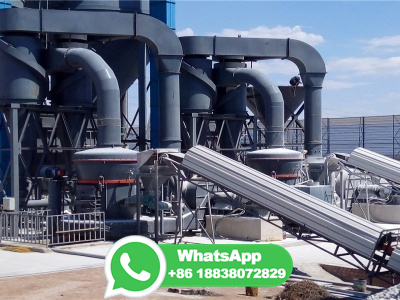
Abstract. The densification of raw material into fuel briquettes is one of the routs to convert biomass into energy. This method provides uniformity to the solid fuel, better physical and energy ...
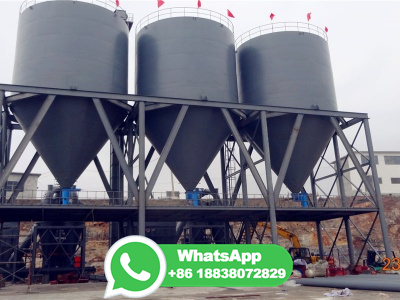
Biomass briquettes are a biofuel substitute to coal and charcoal. Briquettes are mostly used in the developing world, where cooking fuels are not as easily available. There has been a move to the use of briquettes in the developed world, where they are used to heat industrial boilers in order to produce electricity from steam.
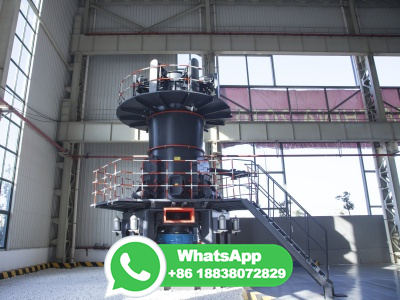
In the coal production process, which generally produces fine coal of 5% to 10% not to mention the granular form which is larger than total coal production, the processing cost is three times ...
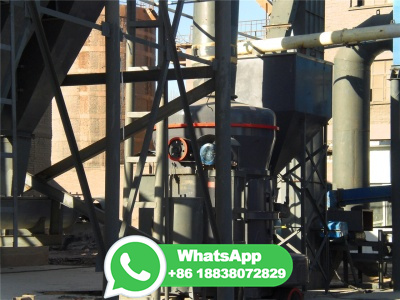
The biocoal production process was analyzed with two different operational aspects: (A) fast pyrolysis for biooil production and (B) fast pyrolysis in addition to atmospheric distillation for biocoal synthesis. ... View PDF View article View in Scopus Google Scholar [2] ... Production of biocoal, biomethane and fertilizer from seaweed via ...
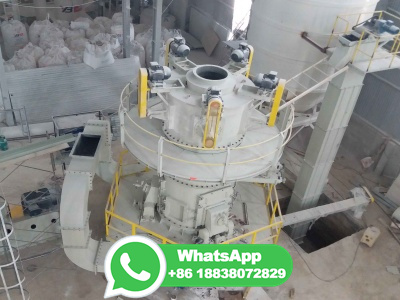
The production cost reflects the raw material cost, transportation, and energy consumption. Notably, wood biomass BioCokes can be used in cupola furnaces as an alternative to coal coke. The production process of wood biomass BioCokes is the same as that of BioCokes made from E. gracilis. The difference was in the first steps, whereas ...

Manmade or natural catastrophes cause disruptions of the entire demandsupply chain. Generally, it takes longer to make up the demandsupply chain and ultimately there is a loss of revenue and reputation. The major purpose of this paper is to evaluate the costbenefit and reliability of a biocoal manufacturing plant with deviation in demand. Whenever demand deviates, it affects the ...

A typical coke manufacturing process is shown schematically in Figure Coke manufacturing includes preparing, charging, and heating the coal; removing and cooling the coke product; and cooling, cleaning, and recycling the oven gas. Coal is prepared for coking by pulverizing so that 80 to 90 percent passes through a

Biocoal with quality comparable to that of fossil coal can be produced by high temperature pyrolysis at ≥500 ºC, but the production efficiency is relatively low due to low biocoal yield at high pyrolysis temperatures. This trade off suffers the economic feasibility of bio coal production.
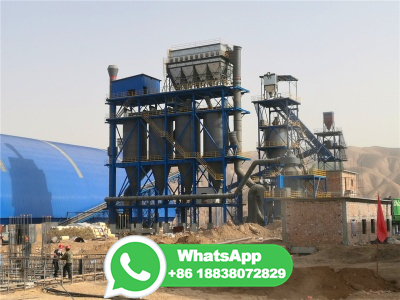
Bio coal is a carbonneutral fuel that can replace fossil coal in industrial processes. It is produced within the process of Biogreen pyrolysis and carbonization of raw biomass performed within controlled temperature and residence time conditions.
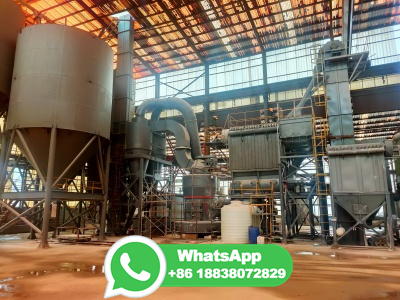
In the coalfired boiler for coalfired power generation provided by the present invention in the semicarbonization apparatus and manufacturing process for the production of biocoal that can be mixed with coal, the first screw of the transfer screw (4) and the drying unit (6) installed in a recuperative manner ( 8), the rotational speed of ...
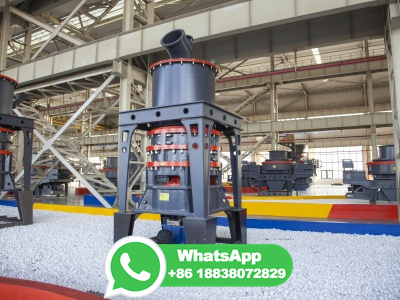
1. Introduction Global warming is reduced by the development of clean technology for future security such as bio coal. Biomass is considered greenhouse gas neutral.